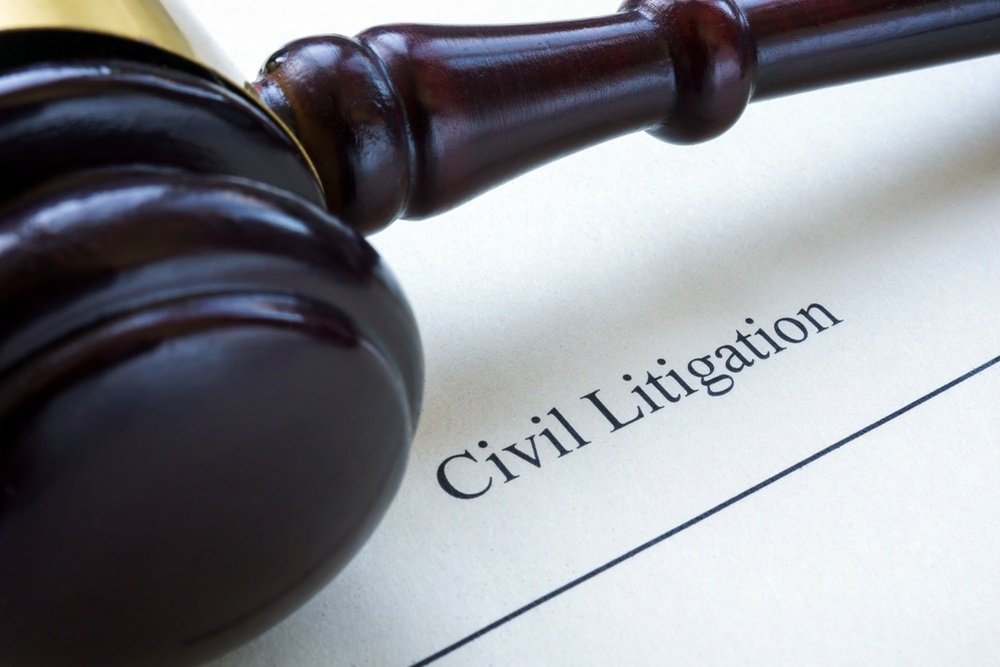
When involved in a personal injury or property damage case in California, the journey toward securing compensation can feel complex and overwhelming. Understanding the timelines for civil litigation is crucial to help you manage expectations and make informed decisions about your case. This process varies based on the nature of the injury, the type of claim, and the case’s specific circumstances. Knowing what to expect regarding deadlines, legal procedures, and the steps involved can make navigating the legal system more manageable.
The Importance of Filing a Claim Within the Statute of Limitations
In California, all civil lawsuits must be filed within a specified period, known as the statute of limitations. For personal injury cases, you typically have two years from the date of the accident or injury to file a lawsuit. Property damage claims, however, generally have a similar two-year deadline. Missing this deadline could prevent you from pursuing a claim, regardless of your strong case. For claims against government entities, the filing time is significantly shorter, often just six months. Acting promptly is essential, as delays can limit your options for seeking compensation.
Pre-Litigation: The Negotiation Phase
Before a case proceeds to formal litigation, many personal injury and property damage claims are settled during the negotiation phase. After filing a claim, the insurance company or opposing party will review the evidence, evaluate the damages, and often make an offer. This process may take several months, depending on the case’s complexity. During this time, your lawyer will communicate on your behalf, ensuring your rights are protected, and you are not pressured into accepting a low offer. If a fair settlement is reached, the case may be resolved without needing a court trial, saving time and reducing stress.
When a Lawsuit Is Necessary: Moving Into the Litigation Phase
The next step is litigation if negotiations don’t lead to a satisfactory settlement. The formal process begins when a lawsuit is filed in court, starting legal proceedings. This phase includes discovery, during which both sides gather evidence, take depositions, and exchange information relevant to the case. Discovery can take several months, depending on the amount of evidence involved and the complexity of the issues. During this phase, your attorney will build a case, preparing for trial if necessary. The timeline for litigation can vary significantly, as delays in gathering evidence or scheduling hearings are not uncommon. This phase can take anywhere from six months to over a year, depending on the circumstances of your case.
The Trial and Post-Trial Process
If your case proceeds to trial, the process can be lengthy and emotionally taxing. Trials can last anywhere from a few days to several weeks, depending on the complexity of the case and the number of witnesses involved. Once the trial is over, the jury will deliver a verdict. If you win the case, the defendant may appeal, extending the timeline further. In California, the appellate process can take months or even years, depending on the nature of the case. If an appeal is filed, your attorney will guide you through the process and help you understand how the decision may affect your potential compensation.
Securing the Compensation You Deserve
At the Law Offices of Julia Sklar, we are committed to helping you understand each stage of the civil litigation process. Whether dealing with a personal injury or property damage claim, we will ensure you have the guidance you need to secure the compensation you deserve. Don’t navigate this complex process alone—our team is here to help you every step of the way. If you’re ready to take the next step, contact us today for a free consultation at (818) 904-1597. Let us help you secure the compensation that’s rightfully yours.




